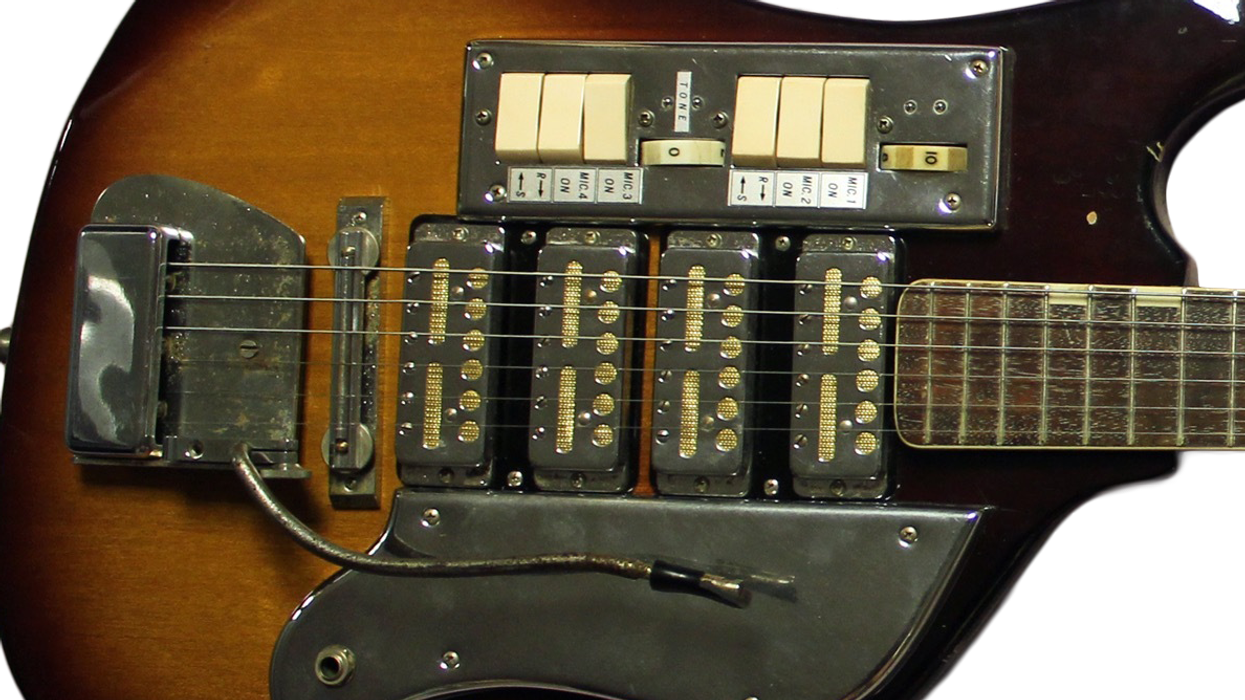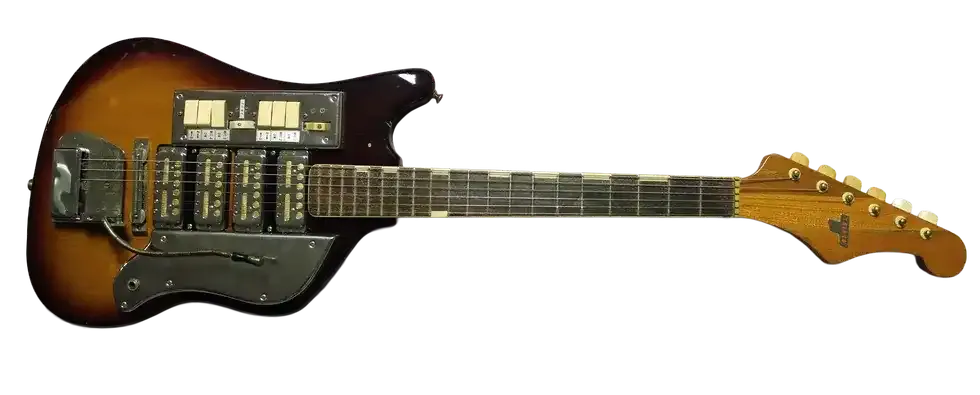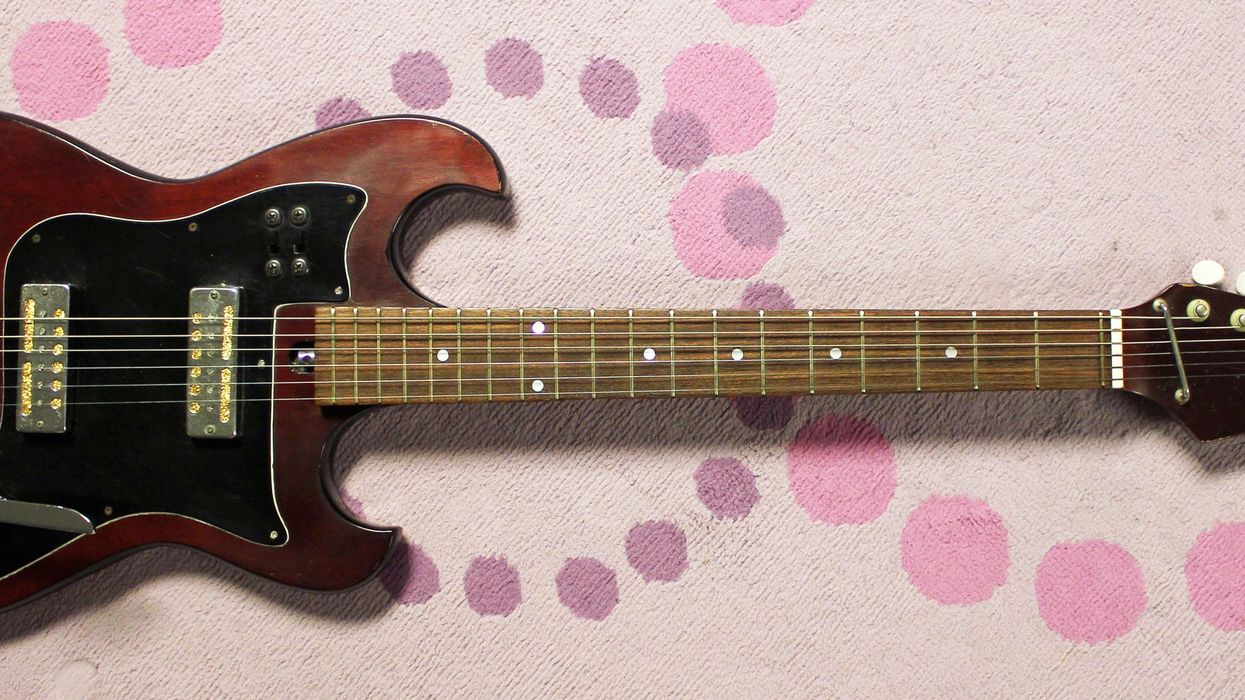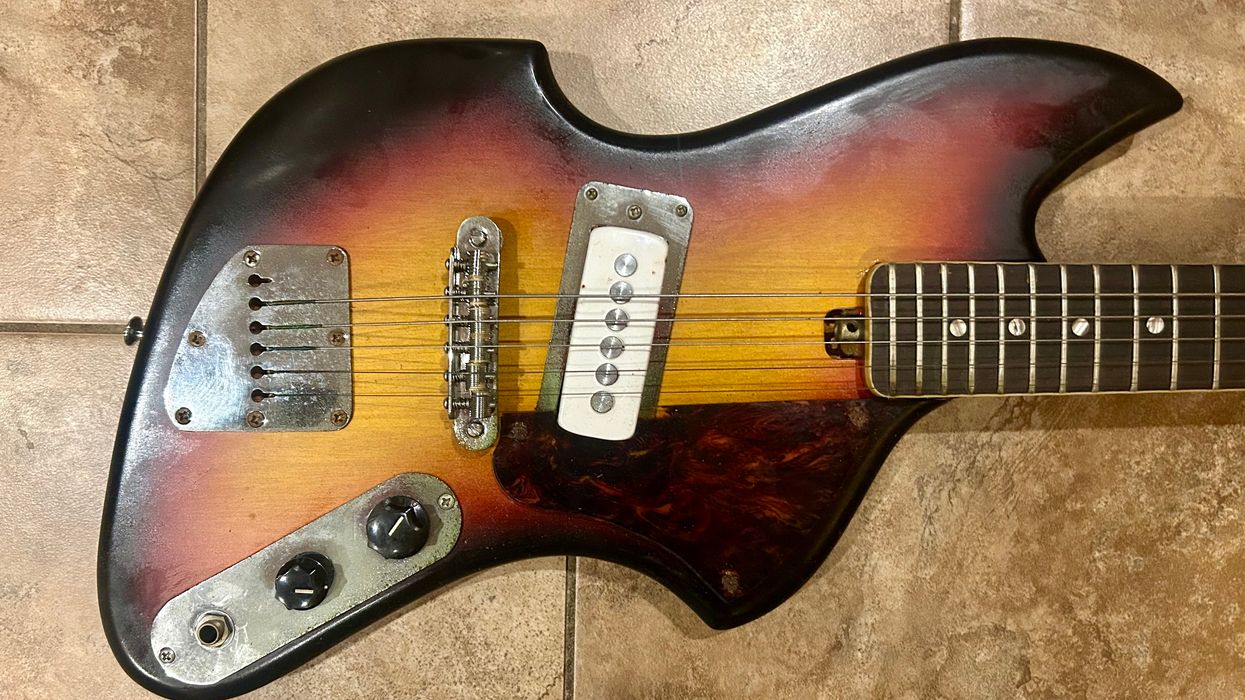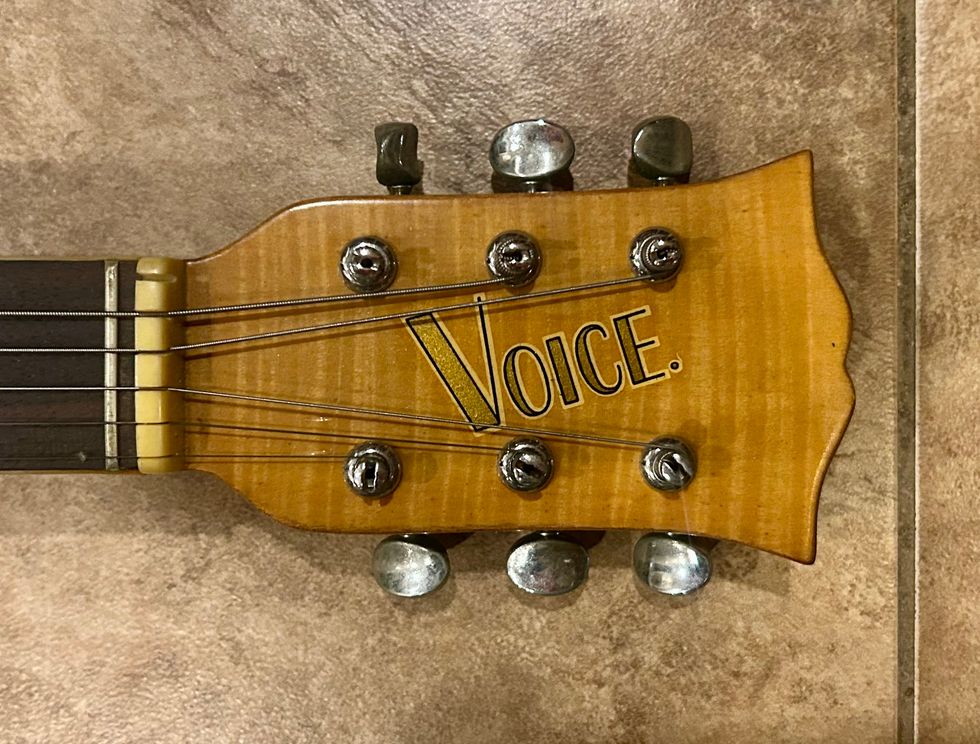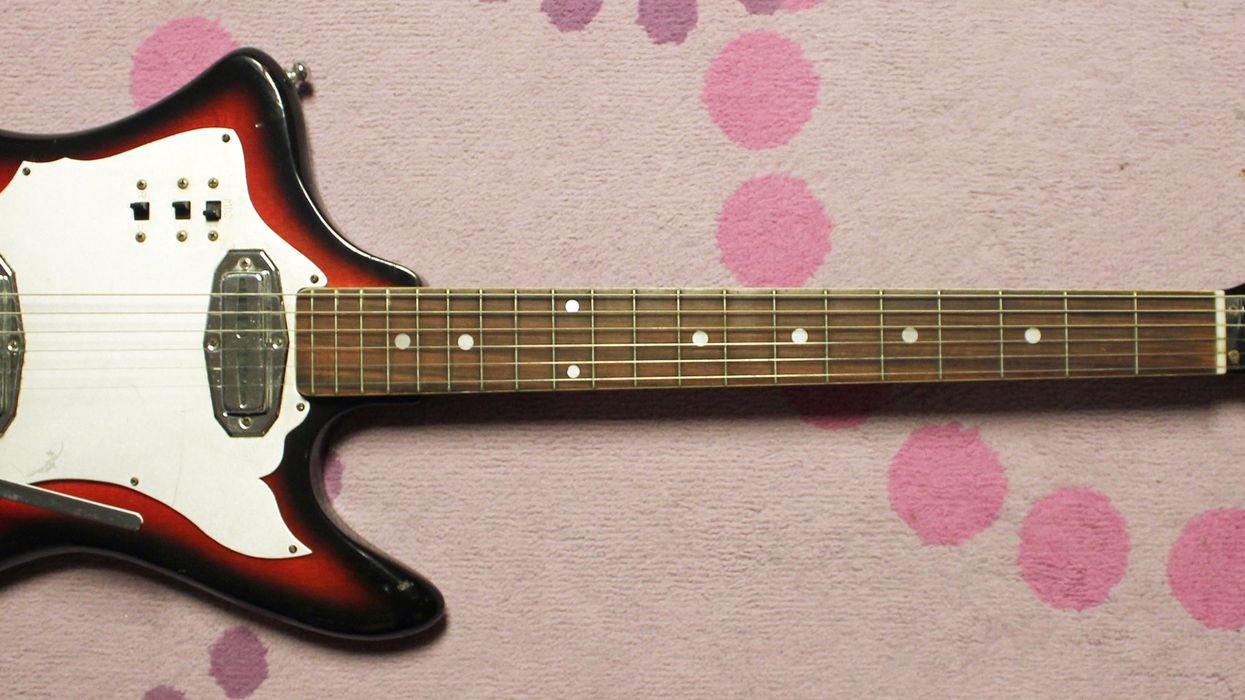This month, I was asked to write about a bass guitar, which I think has only happened two or three times since I’ve been writing for this wonderful magazine. And since I’m the Wizard of Odd, I thought I’d pick an instrument that is probably one of the oddest around. So, we are going to look at the elusive and entertaining Teisco TB-64 6-string bass.
The history of 6-string basses begins in the mid ’50s with the Danelectro UB-2, followed by the truly awesome Danelectro Longhorn 6-string bass model. The initial idea for these instruments was to find a middle ground between electric guitar and bass. Almost immediately, these guitars found their way into the hands of players and ended up on many recordings, where they were often heard accenting a deep upright bass or providing a percussive “tic-tac” bass sound.
In 1961, Fender came out with its own version of the 6-string bass, called the Fender VI (or more commonly, the Bass VI). It was pricey and featured all the newest Fender innovations, including an offset body and a tremolo. This was a cool model that made its way into a bunch of studios and was most recently seen in the hands of John Lennon and George Harrison in Get Back.
Of course, across the Pacific, Teisco was crafting its own version of the 6-string bass, called the TB-64 (Teisco Bass from 1964). This guitar was similar to the Fender version, but, of course, is a little more extreme in all the right places. With its big, clown-nose headstock and the hole in the body, the TB-64 quickly became one of my obsessions. These are so hard to find in North America, although the same model was sold under a few different brand names, including Zim-Gar and Beltone. In fact, I don’t think I’ve ever seen this model in any English-language catalogs!
“From the big, clown-nose headstock to the hole in the body, the TB-64 became one of my obsessions.”
From my research, the TB-64 was first seen in Japanese trade magazines in June 1964. It was included in the 1964 Teisco catalog (Japanese language) and then it was gone in a poof. I know Teisco was making this model until mid to late 1965 (the striped-chrome pickguard era). Then it disappeared, which coincided with the sale of Teisco to the Kawai Company.
So, Teisco’s 6-string bass was very short-lived and is extremely rare today. It’s a shame, because these are perfect for bass newbies, and they just add an awesome new palette to your sound. With the tremolo, which works really smoothly, you can get a variety of spacey sounds. I play mine through regular guitar amps and these guitars love fuzz.
All versions of the TB-64 had the same basic components and features, except the pickups, which were rounded battleship gray on the earliest models. My version has the more commonly seen square-pole-piece units. Similar to the Fender VI, the TB-64 has an on/off rocker switch for each pickup. There’s also a mini-switch that toggles between a deeper bass tone and a brighter, guitar-like tone. There’s one volume knob and one tone knob, but the tone knob works backwards, acting as a bass cut. I’m not sure if they were all wired this way or not, but it all works well and gives the TB-64 a wide range of tones. The neck is fat and chunky, but still manageable. To me, it feels like I’m playing a long guitar. That’s 30" of scale length right there!
Some folks say these are baritones, and I suppose they can be with the right setup and strings. With my TB, I simply use Bass VI strings and tune E to E, one octave below a regular guitar. I know, I know…. You can argue all sorts of semantics and setups and string selection, but you can take that down the street! Why? Because during my last trip to Japan, I bought this here guitar, in its lovely green glory, from a fellow collector and historian. He bought it from the original owner, named Takayoki Ito (he engraved his name on the lower black control plate!). And guess what—Ito-san played the guitar the same way with the same setup.


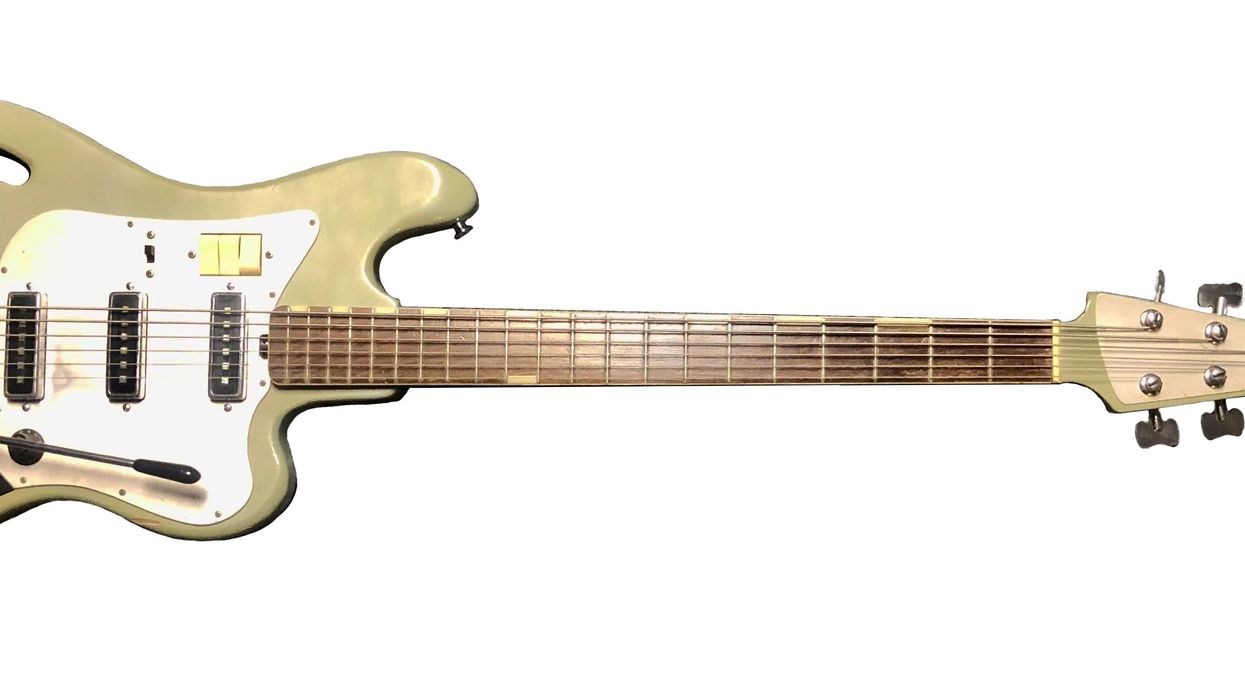


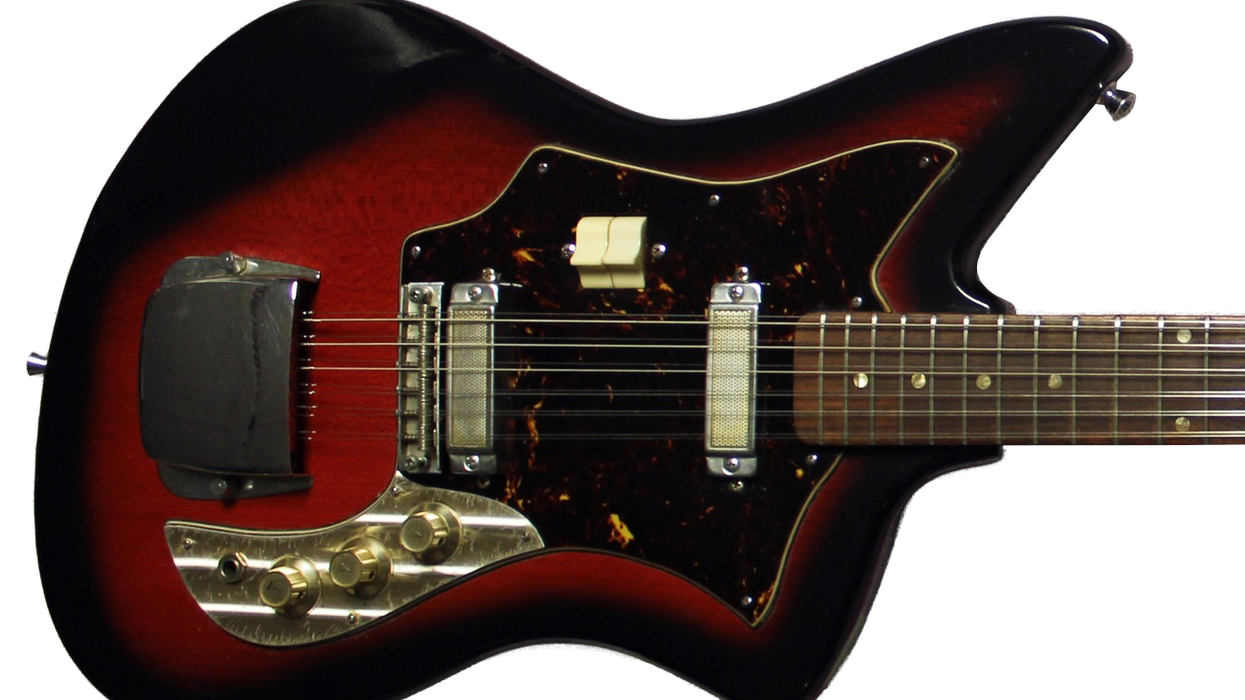
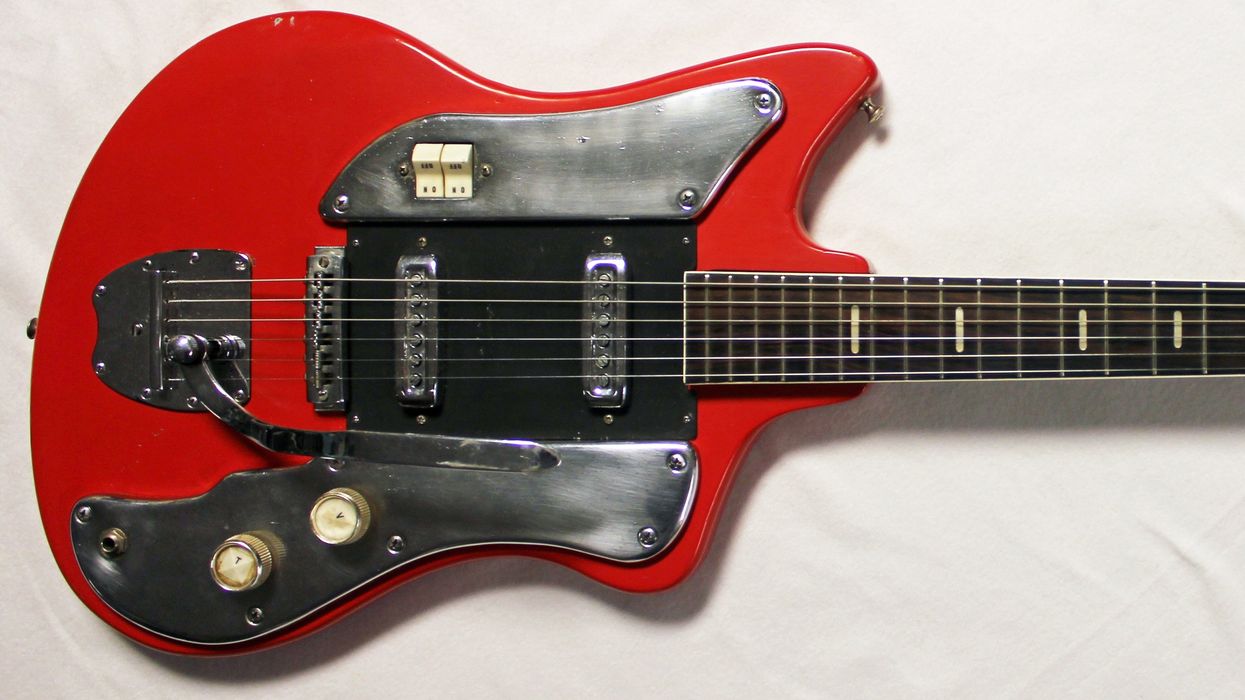
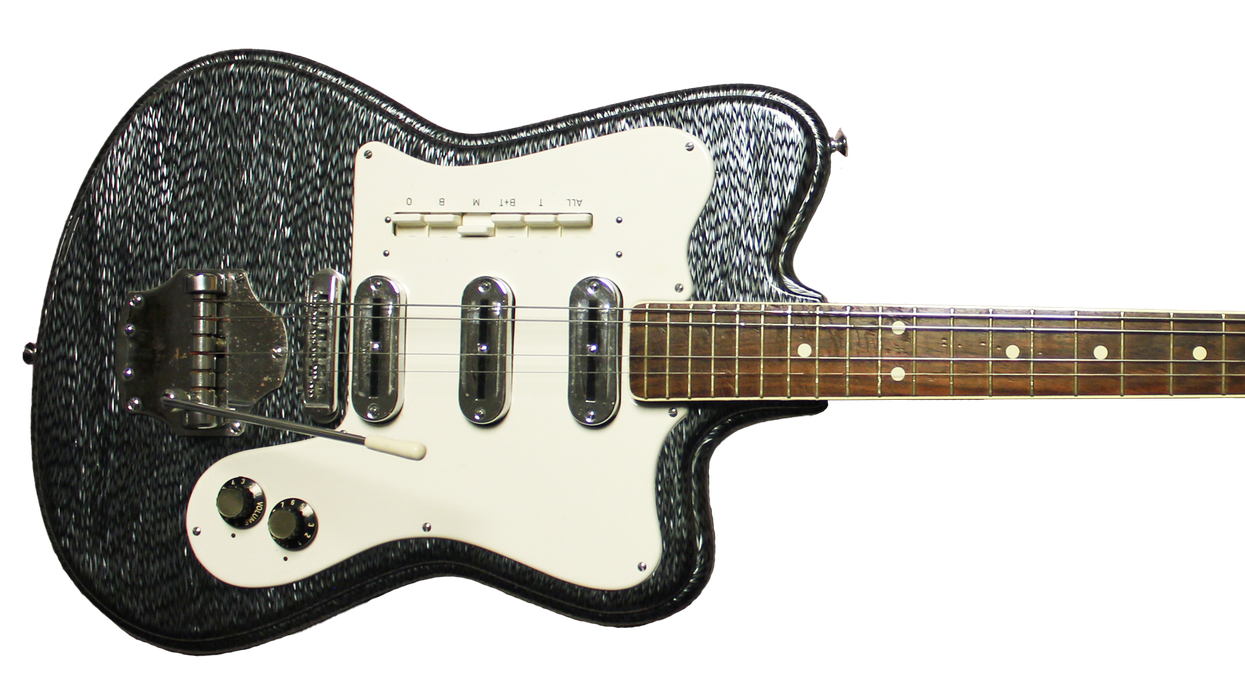
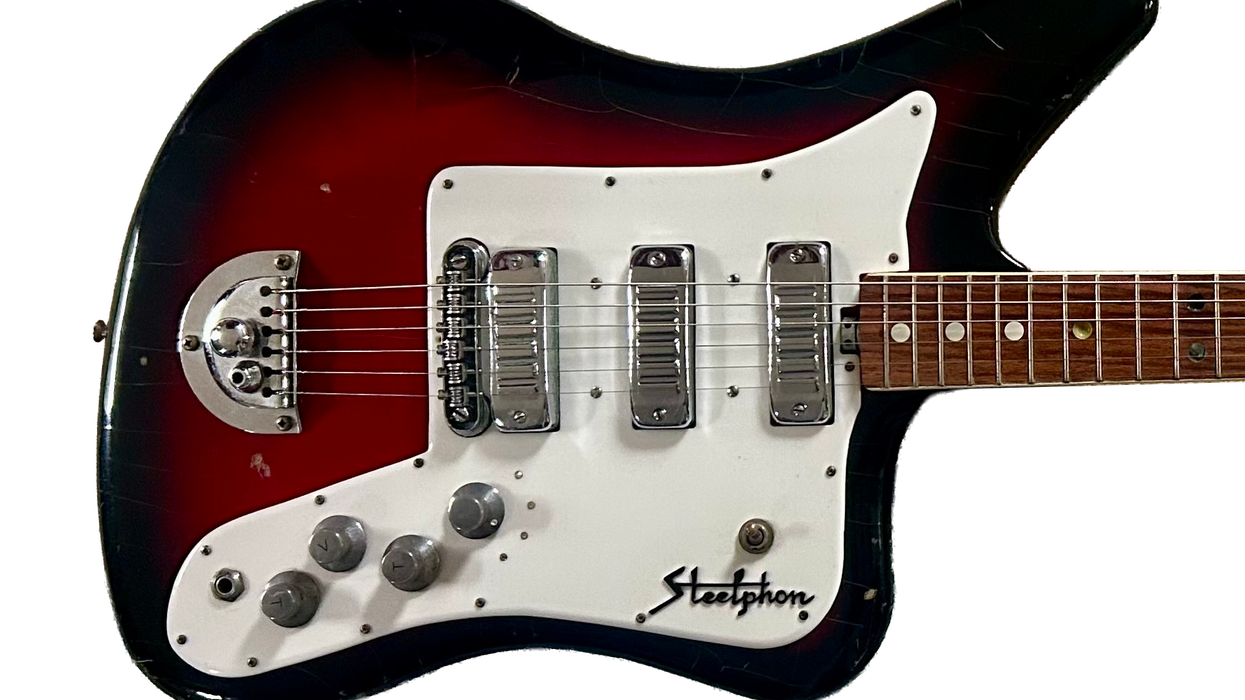
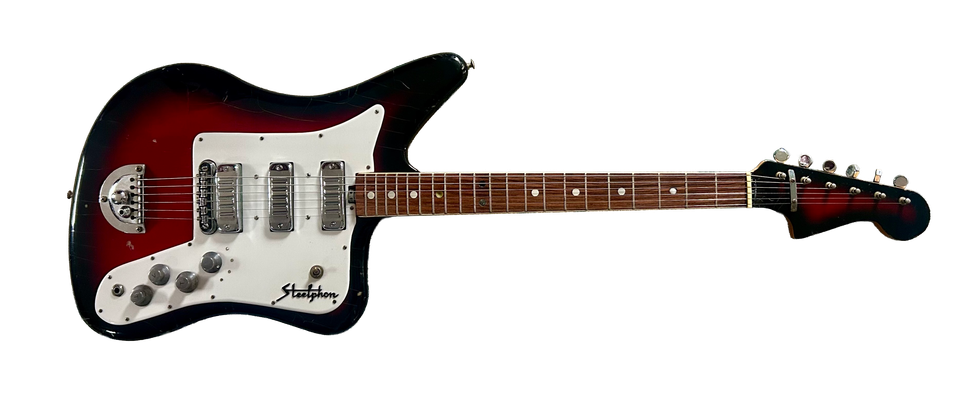 Then, in the dream, I “awoke” and realized I was back in my bedroom, and it was all just a dream. The kicker is that I was still dreaming, because that “paddle” guitar was suddenly in my hands—then I woke up for real! How about that misadventure?
Then, in the dream, I “awoke” and realized I was back in my bedroom, and it was all just a dream. The kicker is that I was still dreaming, because that “paddle” guitar was suddenly in my hands—then I woke up for real! How about that misadventure?





